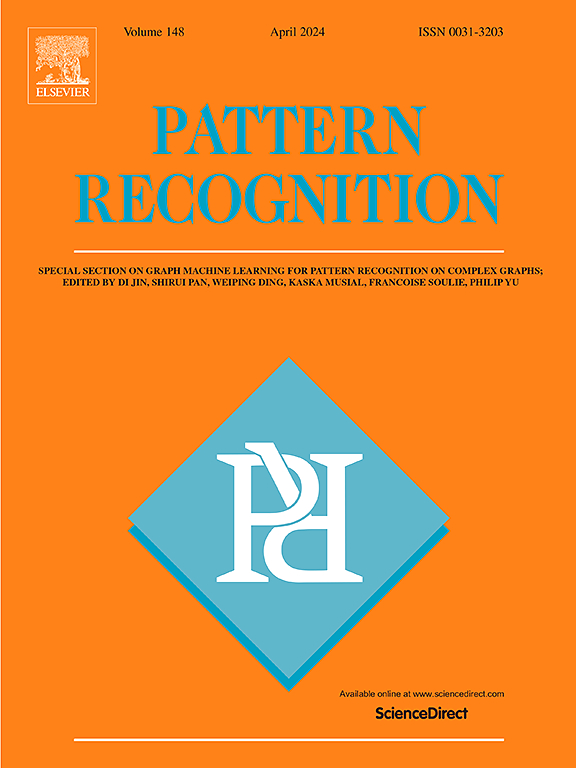HIAN: A hybrid interactive attention network for multimodal sarcasm detection
IF 7.5
1区 计算机科学
Q1 COMPUTER SCIENCE, ARTIFICIAL INTELLIGENCE
引用次数: 0
Abstract
Multimodal sarcasm detection aims to use various modalities of data, such as text, images, etc., to identify whether they contain sarcastic meanings. Both images and texts contain rich sarcastic clues, but there are differences in dimension between them, and the quality of the sarcastic information they contain is very different. Therefore, seeking an appropriate feature fusion strategy to align modal features to maximize the utilization of inconsistent relationships between modalities is a significant challenge in this task. To this end, we introduce a novel sarcasm detection fusion model based on multimodal hybrid interactive attention (HIAN). We concatenate class words obtained from images with text and use the proposed bidirectional long short-term memory network with an interactive attention layer to enhance the extraction of text features. The text features obtained in this way can fully capture the contextual information of the text and the supplementary information in the image. To further enhance the feature fusion between modalities, we propose a multimodal interactive attention network and a fusion-enhanced transformer to promote the sharing of high-order complementary information, which represents the complementary non-linear semantic relationship between the three modalities and captures more inconsistencies between modalities. Extensive experiments conducted on publicly available multimodal sarcasm detection benchmark datasets show that our results surpass those of the baseline model and current state-of-the-art methods for the case of using the base BERT model.

求助全文
约1分钟内获得全文
求助全文
来源期刊

Pattern Recognition
工程技术-工程:电子与电气
CiteScore
14.40
自引率
16.20%
发文量
683
审稿时长
5.6 months
期刊介绍:
The field of Pattern Recognition is both mature and rapidly evolving, playing a crucial role in various related fields such as computer vision, image processing, text analysis, and neural networks. It closely intersects with machine learning and is being applied in emerging areas like biometrics, bioinformatics, multimedia data analysis, and data science. The journal Pattern Recognition, established half a century ago during the early days of computer science, has since grown significantly in scope and influence.
 求助内容:
求助内容: 应助结果提醒方式:
应助结果提醒方式:


